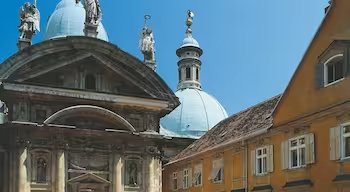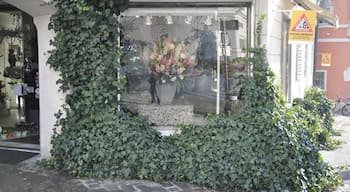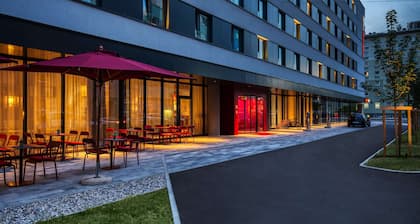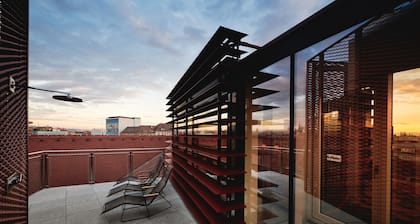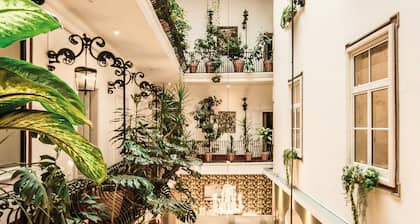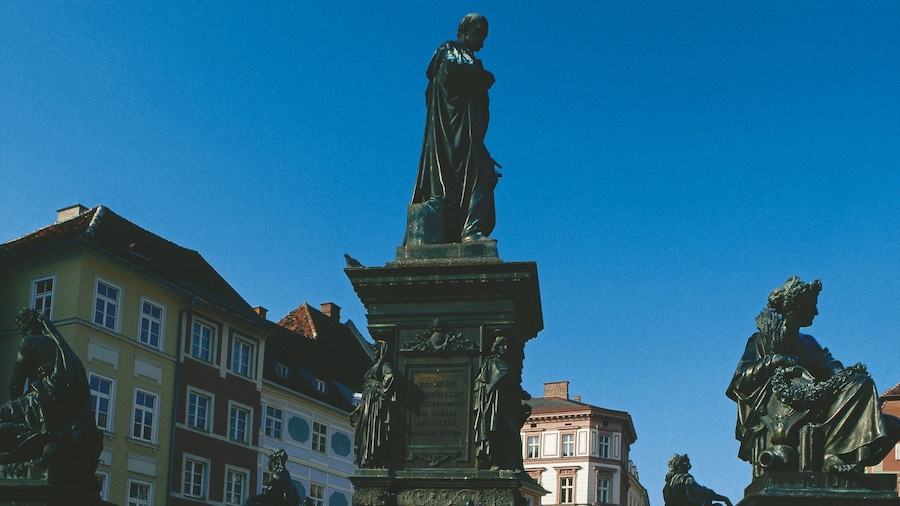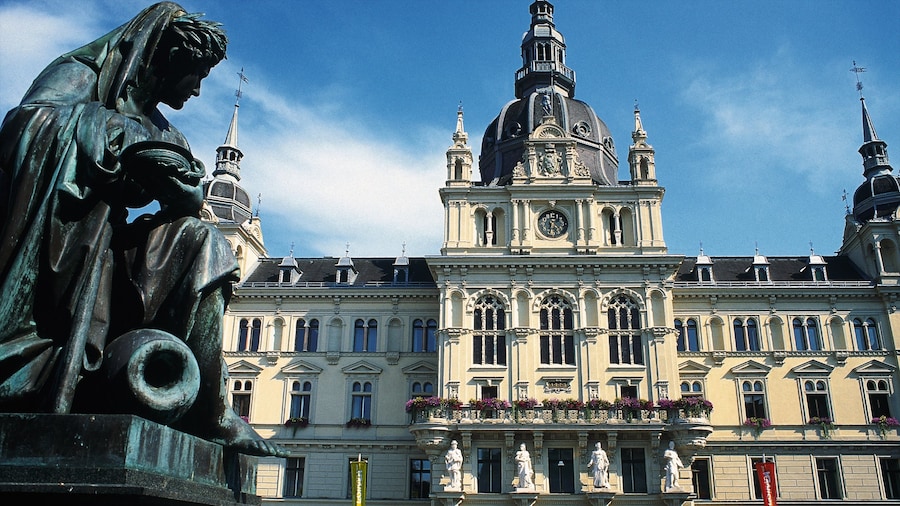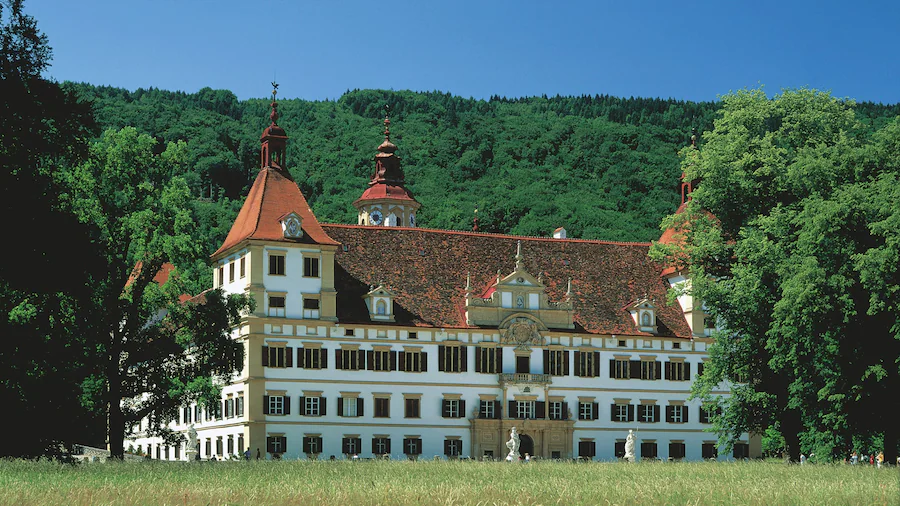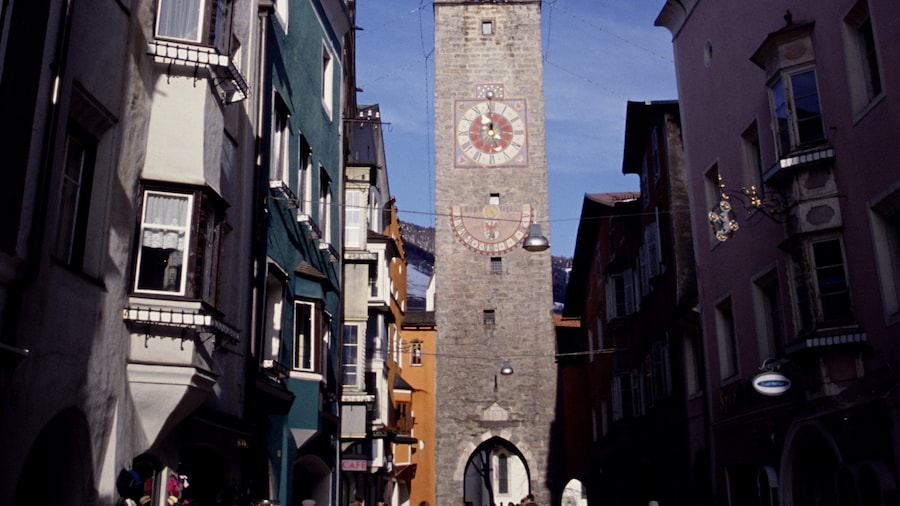Graz is alive with modern art, cafe culture and a diverse range of historic architecture. Austria’s second largest city is made up of a collection of smaller villages and towns, which have knitted together to form the modern city. The old medieval town at the center of Graz is nestled against the base of the forested Schlossberg hill. Climb the mountain staircase or take the funicular railway to the top of Schlossberg to explore the parklands and remnants of a centuries old castle.
Explore the Old Town, a maze of grand buildings and quirky stories. Keep an eye out for the strikingly detailed Rathaus (City Hall) built in the 1800s. The Landhaus, a 16th century Renaissance style building complex and courtyard, has baroque furnishings and its own armory.
Graz has its fair share of modern attractions. The Kunsthaus, a surreal modern art gallery that looks not unlike a giant metallic sea slug, sits on the banks of the Mur river. The Mur runs through the center of Graz and is criss-crossed by pedestrian bridges. In the center of the river is another modern curiosity: a man-made metal island shaped like a seashell, which contains a cafe.
Graz has a long history of cafe culture, with some coffee houses boasting over a hundred years of service. In summer, enjoy the warm weather and beautiful views with al fresco dining in the historic courtyards and gardens. There’s a focus on produce from neighbouring farms, to be enjoyed with one of the local dry white wines or beers.
Getting around Graz’s main attractions is made easy by regular trams and buses. Insulated from cold winds and rain by mountainous surroundings, Graz’s weather is also hospitable to those wanting to explore on foot. Many areas in Graz, including most of the Old Town, are car-free pedestrian zones.
It’s impossible not to get caught up in this UNESCO World Heritage Site, where history is writ large on every feature, in a vibrant celebration of architecture, art and culture.





